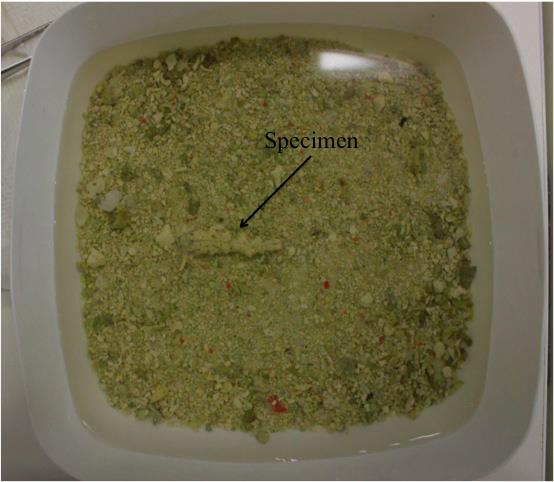Materials and Methods
5 P. ocellatus individuals were collected from the intertidal reef flats in Shark Bay, Heron Island over a period of 3 days during low tide. Specimens were kept overnight in small containers with mesh top in a large tank with other invertebrates for acclimatization.
The study was conducted in a day, with 12 hours interval to simulate day (9am) and night (9pm).

Individuals were separated as seen above, to facilitate identification during the span of the experiment. Specimens were returned to the large tank during the 12 hours resting interval.

Specimens were placed in the middle of a shallow 10 cm by 10 cm container and the crawling speed of the specimen was recorded. The distance was recorded by tracing the specimen’s path with a marker over a plastic cover as it crawled from the middle to the side of the container. Time taken for the entire distance was recorded with a stopwatch. This was replicated 3 times for every individual.

A photograph was taken at the end of each run with the individual’s identification and replicate number, time taken and a ruler. The software ImageJ was used to calculated distance from the photograph.
The experiment was repeated at night at 9pm. However, it was conducted in a pitched black room to simulate the night environment. A torchlight wrapped with a red filter plastic (wavelength 787, lee filters) was used to facilitate coordination of experiment in the dark. Specimens were observed to remain motionless during night experiment. Thus, each replicate was ceased after 2 minutes if the specimen remained motionless.
|